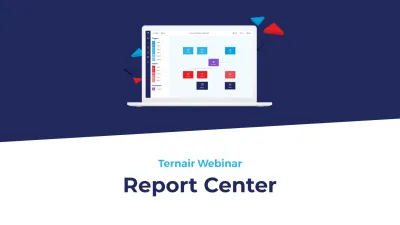The power of marketing automation is undisputed. If it was just a trend years ago, it is now also permeating C-level that you need to serve large groups of customers personally and efficiently to meet today's expectations. But what exactly is involved in purchasing marketing automation software? We'll help you map out your process in 4 steps.
The acceleration of digital transformation due to the corona crisis puts marketing automation at the top of the agenda for many companies. And spending on marketing automation software will continue to grow substantially in the coming years, Martech predicts. There are several reasons for this immense interest in automating marketing processes. For one, the barrier to automation has been lowered by the availability of efficient and affordable software. In addition, the need and value that marketing automation offers are becoming increasingly clear:
it delivers an average of 10 to 30% greater return
you save up to 20% in marketing costs and scale up at no additional cost
your marketing team is more agile because dependence on the IT department or outside parties is greatly reduced
With marketing automation, you're more likely to reach the right prospects and customers with less fragmented resources. But with great power also comes great responsibility. If you choose marketing automation software based on wrong assumptions and expectations or don't deploy it correctly, your customers may become alienated from you. Proper preparation is therefore essential. Go through the steps below to make the right choice for your marketing automation software.
Step 1: Determine the business case
Determine your business case for purchasing (better) marketing automation software partly based on the following six signals in your current marketing operation:
Inadequate visibility into potential customers. It's nearly impossible for you to track and nurture prospects at the orientation stage. The amount of channels in different parts of the organization is fragmented. As a result, you have too little visibility into potential customers.
Little differentiation in customer offerings. You run into limits with the segmentation methods of your current systems. You feel like you're missing sales because you can't make customers a well-personalized offer at the right time through the right channel.
Fragmented internal data sources. You collect customer data in multiple places in the organization - in your CRM, ERP, web shop, physical locations. You know that merging these data sources is necessary for a good customer experience, but the job is simply too big.
Newsletters are not very results-oriented. You are long happy when a mailing is out the door on time, and then just hope for good results. There is little talk of steering by content, open and click rates, personalizations and other measurable results. You feel that contact with customers and prospects is a black box.
Shortage of hands in the marketing department. In marketing campaigns, your team spends a lot of time gathering customer data and content, and getting both to the right place. And even then, it's uncertain whether the right leads are on the list, and whether the most relevant channels are being used.
Untransparent Marketing-Sales funnel. Your sales and marketing departments are not aligned. It's not clear to anyone what a well-qualified lead is, and where it ends up.
When three or more of the above statements apply to your organization, you know there's always a business case for marketing automation. Learn more in the white paper "When are you ready for customer data-driven marketing?". Complete the simple calculation example, or use it as a tool.





